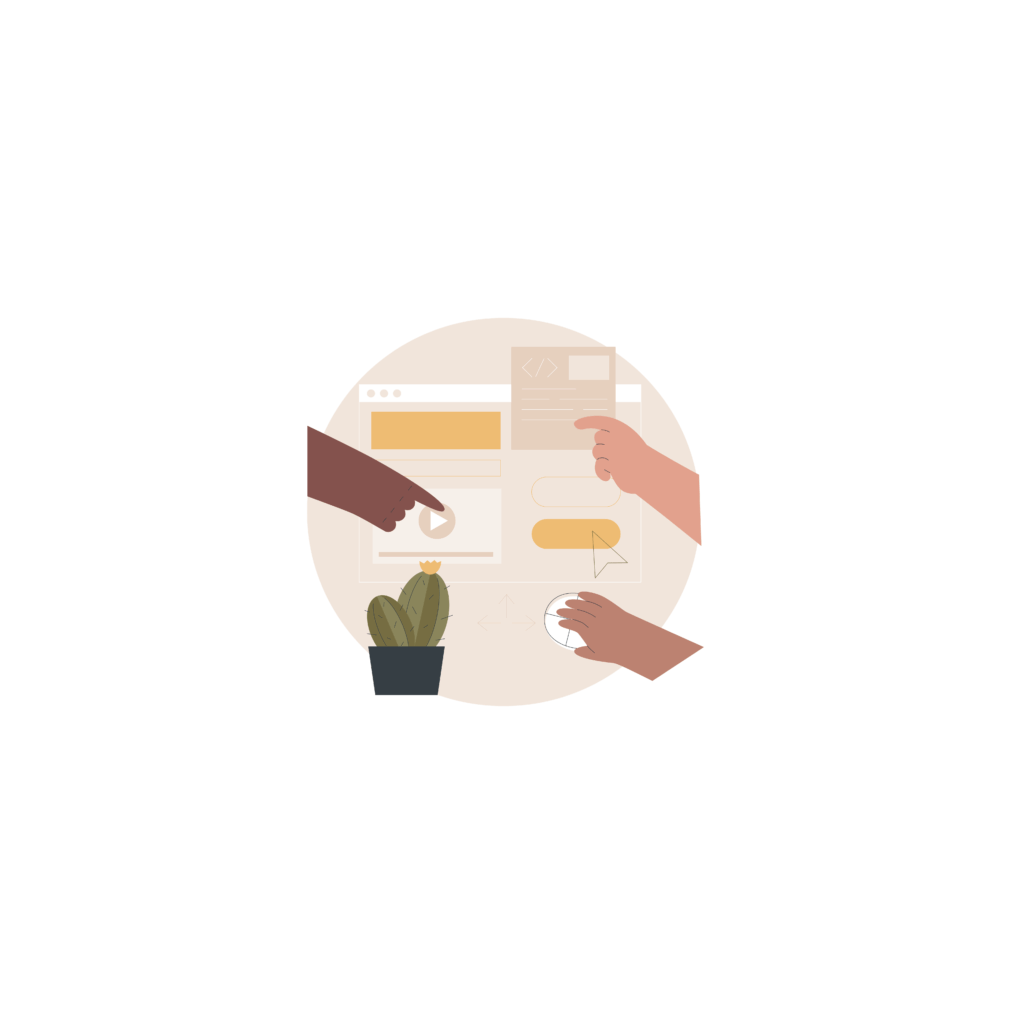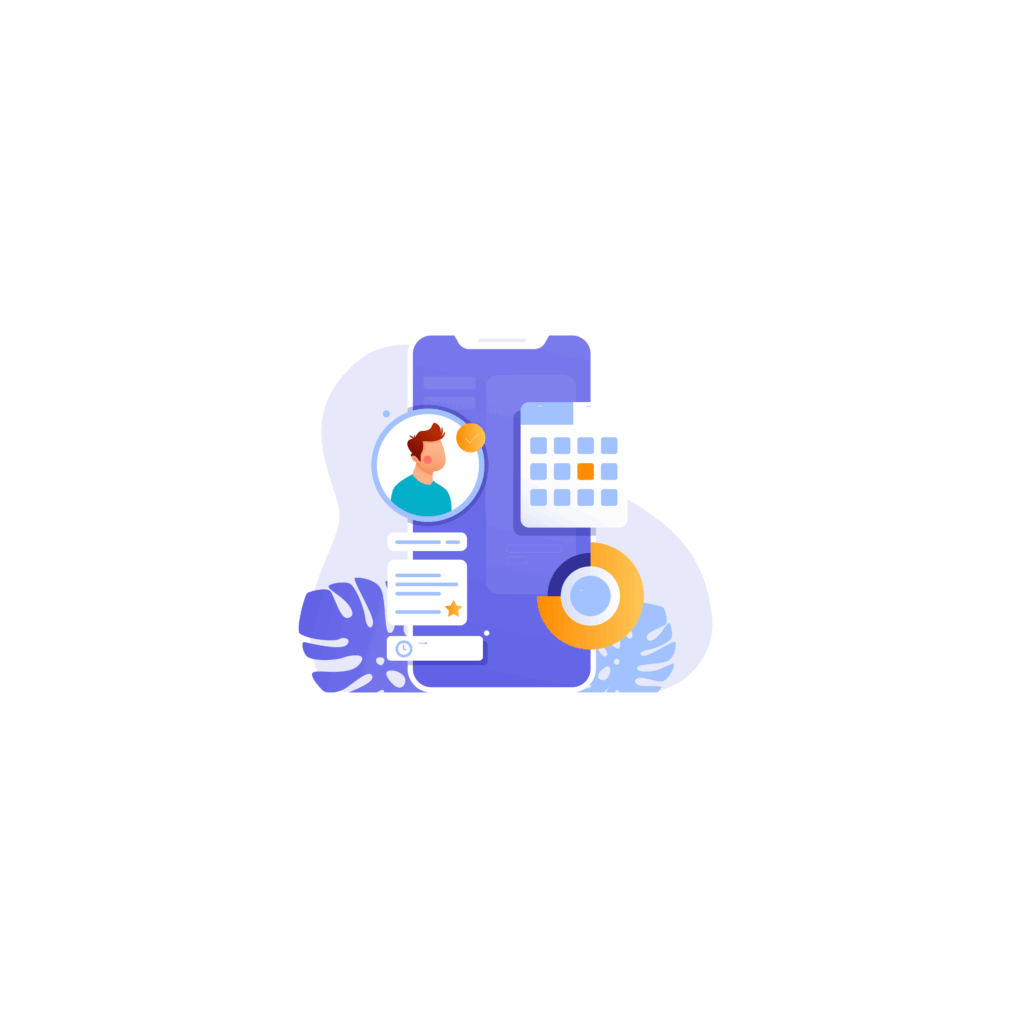Legacy logistics systems are no longer equipped to meet today’s fast-paced needs. If you’re still relying on a traditional system, you’re falling behind. Manual processes, lack of real-time tracking, and delayed communication are no longer acceptable in an industry.
Why?
75% of consumers expect same-day or next-day delivery, and 61% are willing to pay extra for it. This requires businesses to switch to modern logistics apps to meet customers’ expectations efficiently.
According to Statista, the global logistics market is set to grow by $6.9 trillion between 2021 and 2026. It shows a clear signal that digital transformation in this space isn’t just happening, it’s accelerating.
Modern logistics apps are built to meet this demand head-on. They streamline operations, optimize routes automatically, enable real-time shipment tracking, and facilitate seamless communication between dispatchers, drivers, and customers.
If you’re looking to invest in logistics app development, this guide will give you the clarity you need, breaking down costs, timelines, must-have features, and how to choose the right development partner for 2025.
How Much Does Logistics App Development Cost?
The cost of developing a logistics app varies significantly based on the app’s complexity, features, platform, and the development team’s location. Here’s a breakdown of common types of logistics apps and their estimated development costs:
1. Basic Logistics App
The basic logistics app consists of simple features such as user registration, simple inventory tracking, and basic route planning. The estimated cost of developing a simple logistics app is $15,000 to $30,000. You can develop such an app within the timeframe of 2 – 4 months. Such an app is best for small businesses seeking to digitize basic logistics operations.
2. On-Demand Delivery App
On-demand delivery app is best for courier services and retail businesses offering real-time deliveries. The estimated cost of the delivery logistics app development is $30,000 – $70,000. The core features include real-time driver tracking, driver assignment & management, and in-app payments. The development timeframe can range from 4 to 6 months.
3. Fleet Management App
If you manage a fleet of vehicles requiring comprehensive oversight, the estimated cost to develop such an app is $50,000 to $100,000. The core feature includes vehicle tracking, fuel consumption monitoring, and driver performance analytics. It may take at least 6 months to develop a fleet management app.
4. Warehouse Management App
A software application for warehouse management includes features such as inventory management, barcode scanning, order processing, and real-time stock updates. The estimated development cost is $40,000 – $90,000, and the timeframe can range from 5 – 7 months. Such an app is essential for businesses looking to optimize warehouse operations.
5. Comprehensive Logistics Solution
A comprehensive logistics solution is best suited for large enterprises requiring an all-encompassing logistics platform. It includes complex features such as integration of supply chain management, real-time analytics, AI-driven route optimization, and multi-platform support. Comprehensive logistics app development can cost from $ 100,000 to $250,000+. The development timeframe is 8 to 12 months.

Why Invest in Logistics App Development?
The logistics industry is undergoing a major transformation. With the global logistics market projected to grow significantly, investing in a logistics app has become a competitive necessity.
Still on the fence about investing in a logistics app? Let’s break down exactly why it’s a smart move.
- Enhanced Operational Efficiency
Automates tasks like route planning, order management, and dispatching, cutting down manual errors and reducing time spent on repetitive processes. - Real-Time Shipment & Fleet Tracking
Provides live GPS tracking of vehicles and parcels, increasing visibility for managers and transparency for customers. - Superior Customer Experience
Enables instant notifications, accurate delivery estimates, and easy in-app communication, building trust and loyalty. - Data-Driven Decision Making
Integrated dashboards offer actionable insights on delivery performance, inventory flow, and cost metrics to inform smarter business strategies. - Scalability for Business Growth
Modular architecture allows you to start small and add advanced features like AI-based route optimization, warehouse automation, and CRM integrations as you grow. - Competitive Advantage
With consumer demand for fast, transparent deliveries rising, having a robust app helps you stand out in a crowded marketplace. - Cost Savings Over Time
While comprehensive logistics apps may cost $100,000–$250,000 to build, the ROI comes from streamlined operations, reduced fuel and labor costs, and higher customer retention. - Future-Proofing Your Operations
As the global logistics market continues to grow, early investment positions your company to adapt quickly to new tech, scale efficiently, and lead the digital shift.
Key Features of Modern Logistics Apps
Think of a great logistics app as your all-in-one control tower. It keeps everything moving smoothly, from the warehouse shelf to your customer’s doorstep. The modern logistics app requires advanced features to stay ahead of customer expectations and industry demands.
Here’s what it needs to truly deliver in 2025:
User Management
Your app should serve everyone – admins managing the big picture, drivers staying on route, and customers tracking their orders. Each user needs a customized experience tailored to their responsibilities, ensuring smooth coordination and secure access to the right data.
Real-Time GPS Tracking
No more “Where’s my package?” Real-time GPS tracking shows live locations, traffic conditions, and progress updates. It’s like having eyes on every delivery. This not only reduces delays but also builds trust with customers by keeping them in the loop throughout the delivery process.
Route Optimization
With fuel costs high and time always short, smart route optimization finds the fastest, most efficient paths. It analyzes factors like traffic, distance, and delivery time windows to create the most efficient routes. This leads to faster deliveries, reduced operational costs, and a lower carbon footprint, which is an increasingly important metric for modern businesses.
Inventory and Warehouse Management in Sync
You can say goodbye to stock surprises. Keep tabs on every item in the warehouse with real-time inventory updates, barcode scanning, and streamlined order processing. This offers real-time inventory control and warehouse visibility.
Instant Notifications
Send updates the moment something changes. Whether it’s a driver delay, a package delivered, or a new route assigned, everyone gets the info they need fast. Drivers can also get notifications about route changes or delivery updates.
Payment Integration
Make checkout a breeze. Your app should accept cards, wallets, and even B2B invoicing. The easier it is to pay, the faster you get paid. Focus on creating a secure and seamless payment process.
Insightful Dashboards
Data drives better decisions. Built-in analytics track delivery times, fleet performance, and customer satisfaction, giving you the insights to improve on the go. When enhanced with AI, these dashboards can also offer predictive insights to help you optimize routes, schedules, and resource allocation.
In-App Communication
Whether it’s dispatch talking to drivers or customers asking questions, in-app messaging keeps communication clear and delivery hiccups minimal. This can save you from making costly errors as it ensures issues are resolved quickly without the need for external tools.

Factors Influencing Development Cost
Several variables impact the cost of developing a logistics app, and understanding the cost drivers can help you budget effectively and make informed decisions. Here’s a breakdown of the key factors that influence the development costs:
- App Complexity
The cost of logistics app development depends on the complexity and scope of the application. Adding complex features can amp up your cost as well. To drive down the price start with your essential features, and then iterate accordingly, rather than overbuilding in version.
Based on industry standards and current market trends, here’s a summary of the estimated logistics app development cost
- Basic apps (for inventory tracking, order logs, and driver records) are simpler to develop, costing roughly $15,000–$30,000.
- Mid-level apps (with route optimization, real-time GPS, and payment integration) cost $30,000–$70,000.
- Enterprise-level solutions (with AI logistics, advanced analytics, warehouse automation, CRM/ERP integration) can exceed $100,000–$250,000+.
- Platform Choice:
Your platform choice significantly impacts the timeline, budget, and maintenance. iOS-only development is faster due to fewer device variations but might limit your user base. Similarly, Android-only require more QA due to diversity in device. But, you can reach broader global markets.
You can also choose cross-platform solutions using frameworks like Flutter or React Native offer a balanced middle ground. For cost-sensitive projects, cross-platform is often the smarter route as it reduces cost by 30–40% while maintaining solid performance.
- Tech Stack Selection
The tools and technologies you choose will either streamline your build or complicate it. Here are some of the tech stack used in logistics app development.
- Frontend: Flutter, React Native, or native SDKs (Swift for iOS, Kotlin for Android)
- Backend: Node.js, Django, Ruby on Rails, or Spring Boot, depending on your need for speed, scalability, or data processing.
- Database: PostgreSQL, MongoDB, Firebase for real-time updates.
- Cloud/Hosting: AWS, Azure, or Google Cloud for scalable and secure storage and computing.
More scalable and secure stacks may cost more upfront, but they save thousands in the long run through lower maintenance and better performance.
- UI/UX Design Requirements
User interface and experience is equally important when it comes to logistics app development. Great design isn’t just pretty, it’s functional, intuitive, and essential for adoption.
Custom UI/UX design can add $5,000–$25,000 to your project depending on the level of personalization. Advanced features like gesture-based controls, adaptive layouts, and dark mode require more design hours, escalating the development cost.
You should not underestimate the wireframing and prototyping phase as this saves money later by catching UX flaws early. Logistics involves users on the move: drivers, dispatchers, and warehouse staff. We make sure that the UX of your system is smooth, responsive, and dead simple.
- System Integrations & APIs
The cost of logistics application development depends on system integration and APIs. It depends on whether your app integrate with SAP, Oracle, CRM tools, GPS tracking systems, or payment gateways.
Each integration like Stripe, Google Maps, or QuickBooks can add $3,000 – $15,000. Complex API integrations may also increase testing and security requirements.
While a seamless data flow means a happier users, every additional connection adds cost and testing overhead.
- Development Team’s Location:
The location of your dev team can directly impact on costs and sometimes quality. Here’s a estimated breakdown of cost based on your logistics app developer’s location.
| Region | Hourly Rate (Avg) | Pros |
| North America | $100–$250 | High expertise, quick communication |
| Western Europe | $70–$150 | Strong dev culture, reliable output |
| Eastern Europe | $40–$90 | Cost-effective, skilled engineers |
| South Asia (Nepal) | $25–$60 | Budget-friendly, large talent pool |
| Southeast Asia | $20–$50 | Economical, varied experience levels |
- Maintenance & Support:
An app requires ongoing maintenance and support. You’ll need bug fixes and post-launch support. It requires server monitoring and uptime guarantees. It also requires security updates, especially for payment modules, and feature upgrades as your business grows. You can expect to spend 15-20 % of the initial dev cost annually on support and maintenance.

Choosing the Right Development Partner
Logistics app development has become a strategic necessity. Building a logistics app isn’t just about great code, it’s about choosing the right team that understands your industry, your goals, and the nuances of scaling a tech solution in a competitive logistics landscape.
We align technology with real-world logistics needs, delivering apps built for long-term performance. And we stay with you beyond launch, ensuring your platform continues to grow and adapt.
Ready to move your logistics operations forward?
Let’s connect and explore what the right solution could look like for you.



[…] options such as biometrics and voice recognition for secure access to financial accounts. As the benefits of AI in fintech security are increasingly acknowledged, more and more companies are adopting these […]
[…] Curious about the opportunities in FinTech and how they help drive financial growth? Here’s an article with deep insights on Unlocking Opportunities: How Fintech Solutions Drive Financial Growth. […]
[…] Cryptocurrencies, such as Bitcoin, form the backbone of DeFi. These digital assets provide liquidity and enable the transfer of value within the decentralized ecosystem. They serve as both a settlement layer and an application layer for various financial functions. […]
[…] article about Unlocking Opportunities: How Fintech Solutions Drive Financial Growth might interest […]
[…] Check out an article on Unlocking Opportunities: How Fintech Solutions Drive Financial Growth. […]
[…] Here’s an article on Unlocking Opportunities: How Fintech Solutions Drive Financial Growth. […]
[…] article on Unlocking Opportunities: How Fintech Solutions Drive Financial Growth might interest […]
[…] Here’s an article on Unlocking Opportunities: How Fintech Solutions Drive Financial Growth. […]
[…] article about Unlocking Opportunities: How Fintech Solutions Drive Financial Growth might be of interest to […]
[…] Check out our article on Unlocking Opportunities: How Fintech Solutions Drive Financial Growth. […]
[…] article on Unlocking Opportunities: How Fintech Solutions Drive Financial Growth might be of interest to […]
[…] a growing appetite for technological innovation, South Africa is well-positioned to dominate the global fintech market. However, talent shortages remain a significant challenge, creating opportunities for IT team […]
Comments are closed.